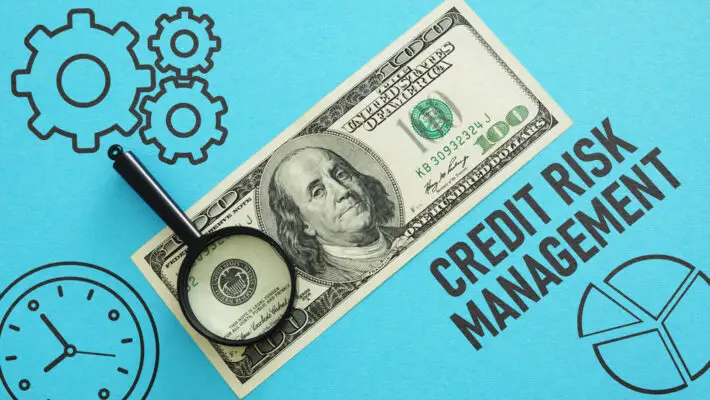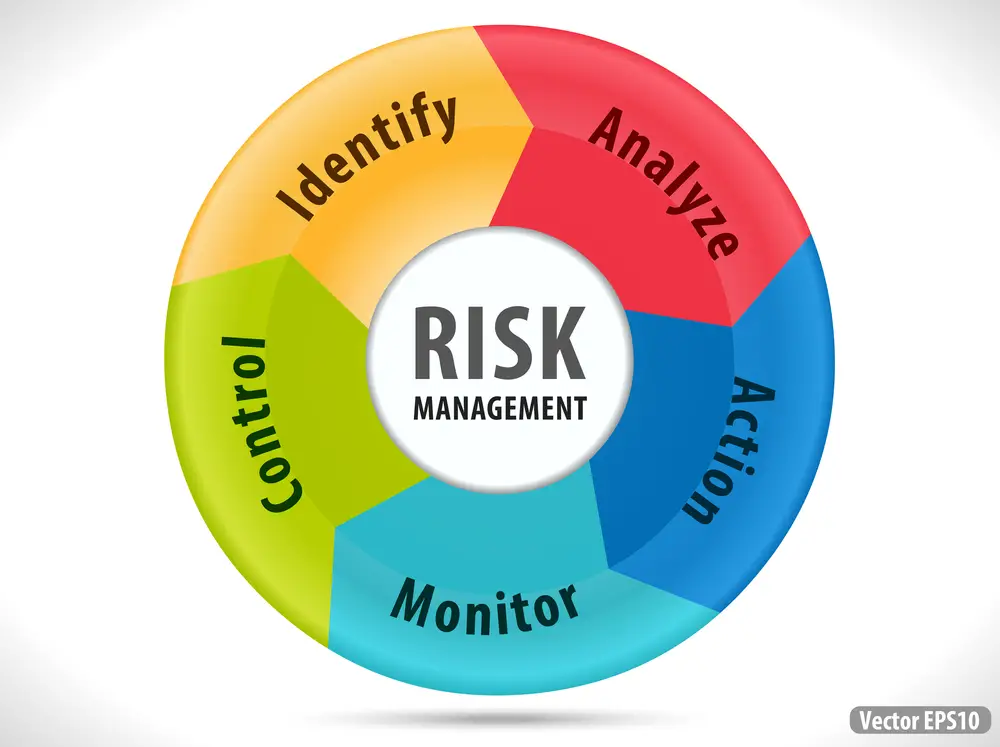Counterparty risk management is the process of identifying, measuring, and managing the risks that a counterparty poses security lending due to a financial institution. In other words, it’s a way for banks and other financial institutions to assess and mitigate counterparty risk exposure in financial markets and reduce default risk.
The global financial crisis of 2008 was largely caused by the failure of Lehman Brothers, one of the world’s largest investment banks. Lehman’s collapse led to the failure of other banks and financial institutions around the world and plunged the global economy into recession.
One of the main reasons Lehman was able to amass so much debt was because its counterparties—the banks and financial institutions it did business with—failed to manage its assets and the risks they posed properly.
Credit rating and market value of assets and securities financing transactions for financial transactions. Lower credit ratings make institutional investors not invest in financial institutions that have a such credit history.
As a result of the crisis, counterparty risk management has become an important part of the investment banking sector. Banks are now required to hold more capital in reserve to offset the risks posed by their counterparties.
In this article, we’ll take a closer look at counterparty risk management and why it’s so important in today’s banking sector.

What is counterparty risk premium
The counterparty risk premium is the return in excess of the low counterparty risk take-free rate of return that an investment is expected to yield. It is the likelihood that a party or parties to an investment, credit, or trading transaction may default on contractual obligations.
The premium is the difference between the CDS rate and the expected rate of loss to protection sellers. This premium can also be defined as the premium over the basic interest rate that investors in the market requires to cover (a) the effects of expected defaults due to the failure of the borrower.
Counterparty risk can have implications for network linkages, transactions, credit scores, and asset prices, with trade credit provision generating a risk premium. Other known risk premia do not span this risk premium, and it exhibits time variation related to economic growth and aggregate default rates.
How Counterparty Risk is Measured
There are two main ways to measure counterparty risk: potential future exposure (PFE) and expected exposure (EE). PFE is a measure of how much exposure a bank would face if its counterparty were to default on a contract at some point in the future.
On the other hand, EE is a measure of how much exposure a bank would face if its counterparty defaults on a contract today.
PFE is typically measured using Monte Carlo simulations, which are used to generate thousands of possible scenarios for how a contract might play out over time. The results of these simulations are then used to calculate an expected loss amount.
EE is typically measured using historical data on past defaults and losses. This data is used to calculate an expected loss amount for each counterparty.

Why Counterparty Risk Management is Important
Counterparty risk management is important because it helps financial institutions manage their exposures to counterparties. Without proper and high counterparty risk management, banks could find themselves in serious trouble if one of their counterparties were to default on a contract.
In recent years, several high-profile cases of counterparties failing to meet their obligations under derivatives trades have occurred. For one party to example, in 2014, Deutsche Bank failed to meet its obligations under a derivative contract with JPMorgan Chase after suffering heavy losses in its proprietary trading business.
As a result, JPMorgan had to pay out $1 billion to Deutsche Bank. In 2015, Barclays failed to meet its obligations under a derivative contract with UBS after suffering heavy losses in its credit trading business. As a result, UBS had to pay out $150 million to Barclays.
These examples illustrate why proper counterparty risk management is so important for banks and other financial institutions.
Examples of counterparty risk
Example #1
ABC Bank has bought out non-convertible bonds, debt instruments are loans or securities that the government may issue as collateral or an instrument of its financial obligation. Investors will receive interest income if they become creditors in the issuer’s name. If Ray Housing Finance doesn’t pay its coupons or principals, ABC bank’s risk is counterparty risk.
If the risk has not been properly calculated and the other party involved is defaulting, the potential consequences could be devastating. The failure of many CDOs was a key factor causing the 2008 housing crisis and caused a number of property collapses.
What’s the difference between credit risk and counterparty credit risk?
You probably know of the terms in the English language that are often interchangeable and the similarity can cause confusion. Credit risks are basically subtypes of credit risk for a counterparty if not for a specific credit issue for one counterparty.
Credit risk refers to the economic loss a counterparty can sustain and the issuance of credit losses. Often used in terms of banking loans or corporate bond sales. Counterparty credit risk third-party creditors are characterized by pre- and settlement risks or risks and settled risks.
Both are applicable during the loan transaction, but both apply after the transaction. Settlement Risks can then further include default risks – i.e. total non-payment of obligations.

Conclusion
In conclusion, counterparty risk management is the process of identifying, measuring, and managing the risks posed by counterparties. The global financial crisis of 2008 was largely caused by failures in counterparty risk management, leading many banks and financial institutions around the world to collapse.
As a result, proper risk management has become an important part of today’s banking sector. To properly manage their exposures to a single counterparty that defaults, banks use measures such as potential future exposure (PFE) and expected exposure (EE).

Chris Ekai is a Risk Management expert with over 10 years of experience in the field. He has a Master’s(MSc) degree in Risk Management from University of Portsmouth and is a CPA and Finance professional. He currently works as a Content Manager at Risk Publishing, writing about Enterprise Risk Management, Business Continuity Management and Project Management.

